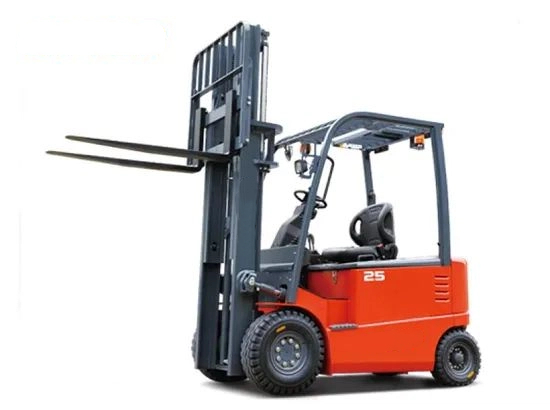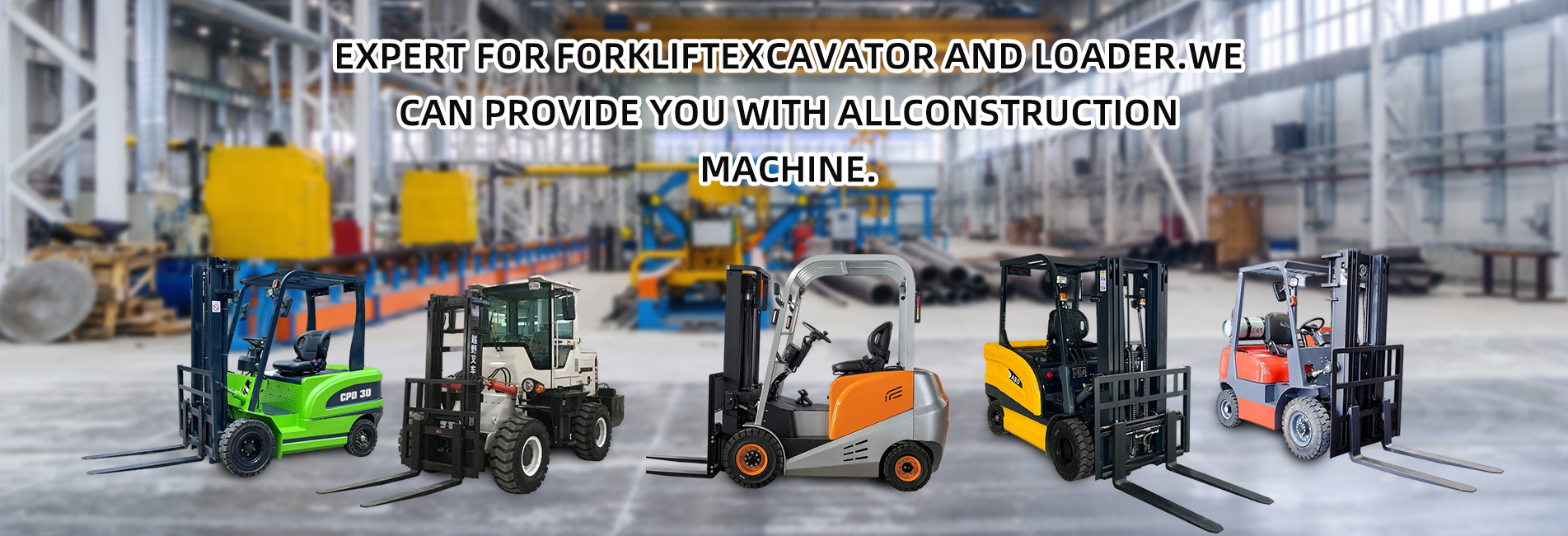Choosing an electric forklift requires comprehensive consideration of various factors such as usage scenarios, operational needs, and cost budgets to ensure that the equipment can complete work efficiently and safely. The following is a detailed analysis of the key points for selecting an electric forklift from critical dimensions:

select an appropriate rated lifting capacity based on the weight of goods handled daily. Common specifications include 1.5 tons, 2 tons, 3 tons, 5 tons, etc. Special scenarios (such as heavy-duty warehousing) may require forklifts with a capacity of more than 10 tons.
Note: The lifting capacity of a forklift will decrease as the lifting height increases, so it is necessary to calculate based on the maximum height of actual operations.
- Indoor ordinary environment: Such as warehouses and workshops, standard electric forklifts can be chosen, with emphasis on flexibility and noise control.
- Indoor clean environment: Such as food factories and pharmaceutical workshops, sealed forklifts (dust-proof and leak-proof) are required, and some need to have explosion-proof functions.
- Outdoor or rough ground: Off-road electric forklifts should be selected, equipped with large-sized tires and a stronger chassis to adapt to height differences or gravel roads.
- Space constraints: For narrow passages (such as shelf spacing less than 3 meters), reach trucks or three-way stackers are needed; for low spaces (such as inside containers), low-mast forklifts are selected.
Determined according to the shelf height or stacking height. The lifting height of ordinary forklifts is mostly 3-6 meters, and high-level stacking forklifts can reach more than 12 meters (need to match the mast type, such as two-stage mast, three-stage mast).
- Lead-acid battery: Low cost, mature technology, but heavy weight and short battery life (can work for 6-8 hours on a single charge), with a lifespan of about 1000-1500 cycles, suitable for scenarios with medium operation intensity.
- Lithium battery: Light weight, long battery life (8-12 hours), fast charging (fully charged in 2-3 hours), lifespan of about 2000-3000 cycles, supports fast charging and deep discharge, suitable for high-intensity operations, but the initial cost is high.
- Selection suggestions: Lithium batteries are preferred for high-frequency operations or scenarios requiring continuous work; lead-acid batteries can be selected for scenarios with limited budgets and low operation intensity.
- Rear-wheel drive: Flexible steering, suitable for narrow spaces, and is the mainstream choice.
- Front-wheel drive: Stronger power, suitable for heavy loads or rough roads, but with a larger turning radius.
- All-wheel drive: Excellent off-road performance, only used in special outdoor scenarios.
- Mechanical control: Simple structure, low maintenance cost, suitable for basic operations.
- Electronic power-assisted control: Lighter and more precise operation, can be equipped with intelligent functions (such as speed limit, fault diagnosis), suitable for long-time operations or scenarios requiring precise stacking.



